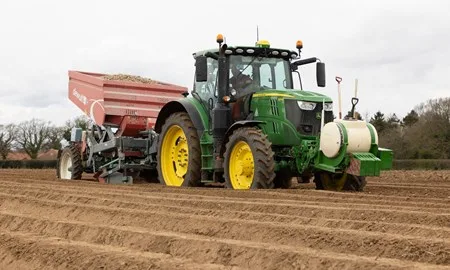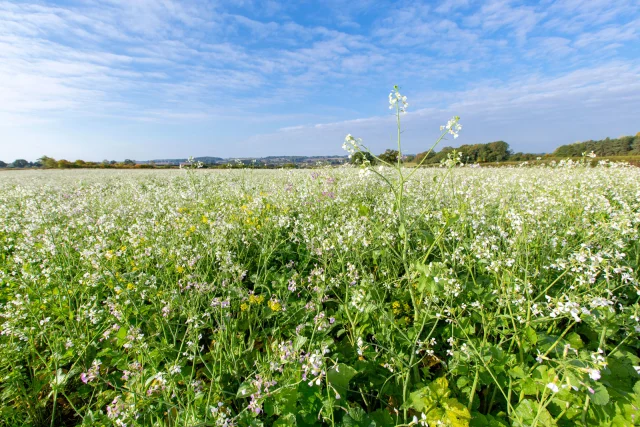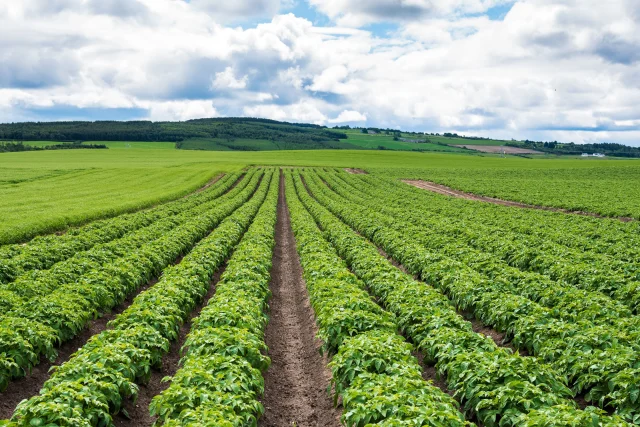Published on 1st February 2023
Pest Management
Granules, liquids or both? Getting on top of PCN

Nematicides play an central role in protecting yields in the presence of PCN, but what’s the most effective means of managing them, granules, liquids or both?
So your soil sample results indicate the presence of viable eggs or juveniles but not at excessively high levels and your seed is from a certified PCN-free source, you have the option of a nematicide, but what’s the best course of action?
Choosing to plant a variety that has good resistance and tolerance to both species of PCN – Globodera pallida and G. rostochiensis – wherever possible is the first course of action. Unfortunately, the limited selection of varieties with good resistance to PCN that also enjoy broad market appeal is limited.
Most growers and advisers would agree that where PCN is present, it is prudent to use a nematicide. Even at low populations – typically low single figures per gram of soil – it can make sense, especially where the objective is to preserve land for the long term.
Should I use Velum Prime on its own or in a programme?
In low pressure situations, Velum Prime will provide yield protection and population management as part of an integrated management plan.
At higher pressures, it can be beneficial to use Velum Prime in sequence with Nemathorin 10G for greater yield protection.
What is low or high pressure?
Pressure is the construct of several interrelated factors: field history, soil type, variety and, not least, PCN population. Understanding these elements in the context of your situation will enable you make informed decisions.
Velum Prime in sequence or alone?
The greatest yield protection and population control comes when Velum Prime is applied in sequence with Nemathorin 10G. This programme yielded 7.61 t/ha more than the untreated.
Velum Prime applied in sequence with half-rate Nemathorin 10G (15 kg/ha), performed admirably with a yield 7.31 t/ha above the untreated (see chart).
The greatest reduction in populations as measured by the Pf:Pi index, came from Velum Prime with full-rate Nemathorin. At 40.3% reduction relative to the untreated this was 13% greater than achieved by Nemathorin 10G alone (see table).
Reference: Bayer, 11 UK trials, 2018-21. Velum Prime applied in-furrow.Soil types: sandy/silt loams. Avg. Pi: 22.4 eggs/grm soil. Cv. Maris Peer (4), Maris Piper (4), Charlotte (1), Saxon (1).
Flexibility of application
Velum Prime is unique as the only nematicide with a choice of two application methods.
o It can be applied to beds in-furrow at the time of planting.
o It can be applied by boom sprayer to beds and incorporated to a depth of 10-30 centimetres before planting.
Velum Prime can be in sequence with Amistar (azoxystrobin) for the reduction of symptoms caused by Rhizoctonia solani pathogens and with Allstar (fluxaproxad) for moderate control of black scurf.
A Bye Engineering & TeamSprayers tank combination for the application of



